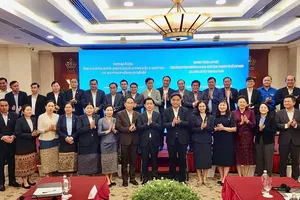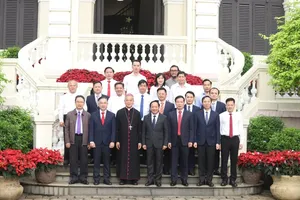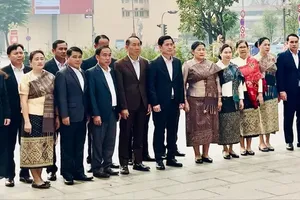More than a mere redrawing of administrative boundaries, the plan is seen as a strategic move to establish a new growth engine—one with the scale, influence, and capacity to lead the Southeastern region and generate spillover effects nationwide.
Expanding scale, amplifying impact through tailored policies
Dr. Tran Du Lich, Chairman of the Advisory Council for the implementation of Resolution 98/2023/QH15, emphasized that continuing to apply Resolution 98 after the merger is essential to preserve and build upon the effective mechanisms of decentralization, delegated authority, resource mobilization, and investment attraction. With a larger population and expanded territory, the new HCMC will be better positioned to implement bold pilot policies, generating broader and more impactful spillover effects on the region’s socio-economic development.

Dr. Tran Du Lich has proposed extending the validity of Resolution 98 through 2030. He argues that the central government’s ongoing efforts to devolve authority to local administrations will empower the new city to more effectively invest in infrastructure, implement transit-oriented development (TOD), and pursue public-private partnership (PPP) projects—cornerstones of its future growth strategy.
In addition to maintaining and expanding existing policies, a crucial priority will be establishing a strategic relationship with the restructured Dong Nai Province, which is also expected to undergo administrative reorganization. Dr. Tran Du Lich emphasized that HCMC and Dong Nai must coordinate closely in both infrastructure and development policies to form a unified “urban-industrial corridor” stretching from HCMC through Binh Duong and Dong Nai to Ba Ria - Vung Tau. A harmonized and flexible regional cooperation mechanism, he noted, would serve as a powerful development motivation for the entire Southeastern region.
Notably, HCMC has previously been allowed to use its own budget to fund cross-border infrastructure links with neighboring provinces—a rare privilege among localities. Dr. Tran Du Lich believes this precedent should not only be maintained but expanded, especially under the new, merged city structure, to ensure sustained regional integration.
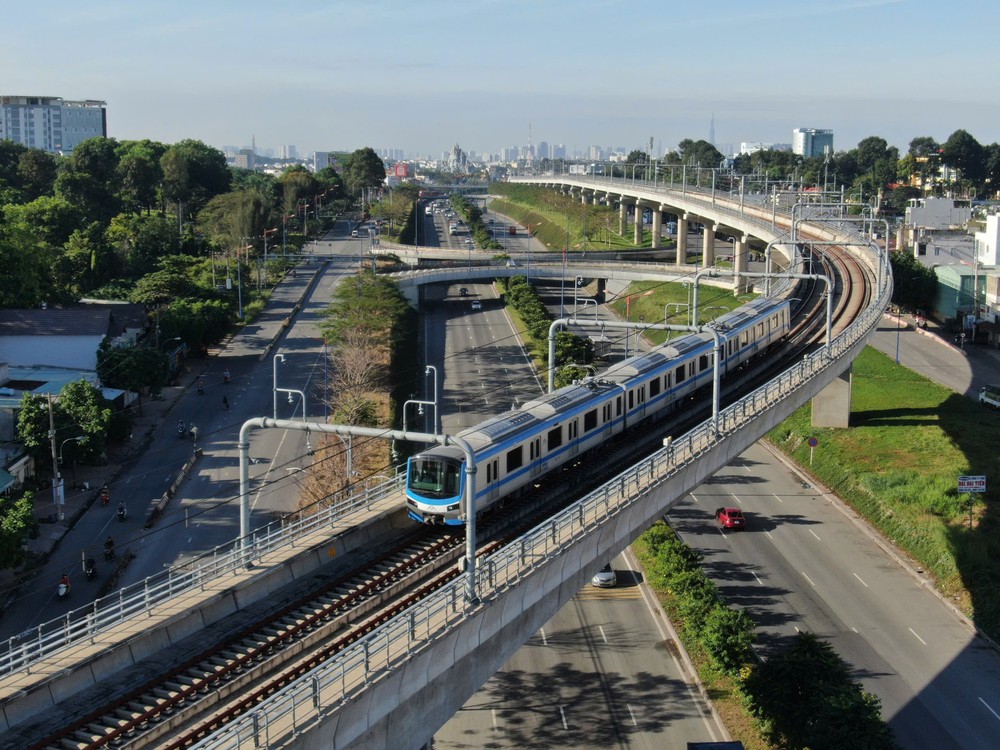
A new governance framework for a new city
Lieutenant General Nguyen Minh Duc, Deputy Chairman of the National Assembly’s Committee on National Defense, Security and Foreign Affairs, echoed the call to maintain Resolution 98 for the new city. He described the merged entity as a unique and powerful metropolis that combines the existing strengths of HCMC with the industrial dynamism of Binh Duong and the maritime advantages of Ba Ria - Vung Tau. The merger, he said, will resolve longstanding bottlenecks in geography, administration, and infrastructure, while establishing a maritime-facing logistics hub that aligns with the nation’s broader blue economy strategy.
However, he also stressed that the new city will require a governance framework of matching sophistication—a “new suit,” as he put it. Since Resolution 98 was tailored for the current HCMC, its mechanisms must be revised and expanded to reflect the increased complexity and scale of the new urban entity.
Administrative reform: A structural imperative
From an organizational standpoint, National Assembly delegate Tran Hoang Ngan warned that the new city, with over 13 million residents and nearly 6,800 square kilometers of land, will present enormous challenges for public administration. With 168 administrative units at the ward and commune level—many of which have populations exceeding 100,000, and some over 200,000—existing staffing and management models will be inadequate.
He argued that a specialized administrative framework must be developed for the new metropolis, akin to those governing megacities globally. Staffing allocations, authority levels, and budget planning must be based on concrete socio-economic indicators, national security priorities, and real demographic data for each locality.
Ultimately, the creation of a “new HCMC” is not just an exercise in administrative consolidation—it is a bold vision to reengineer regional development space, creating a robust growth nucleus capable of lifting the entire Southeastern region into a new era of coordinated, modern, and sustainable progress. To realize this vision, the city will need more than new territorial boundaries. It will require a future-ready institutional framework, progressive policy mechanisms, and a high-performing administrative apparatus—all critical foundations for its next great leap forward.
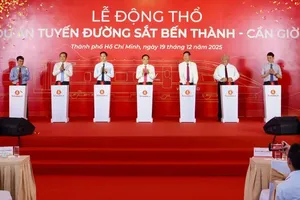
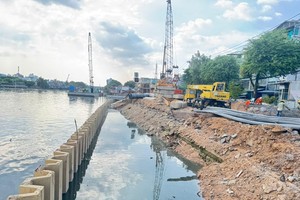
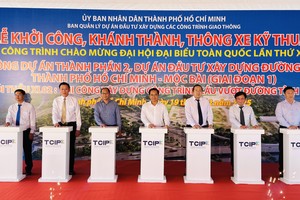
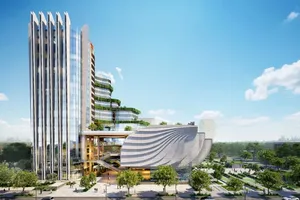
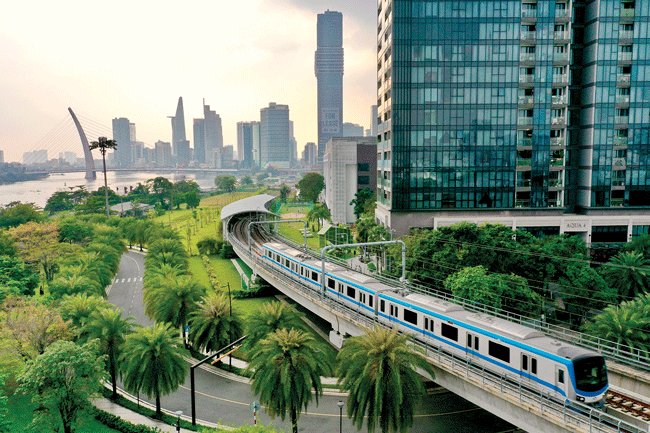
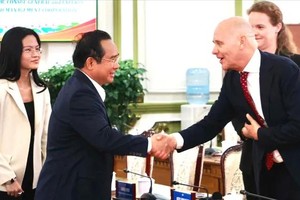
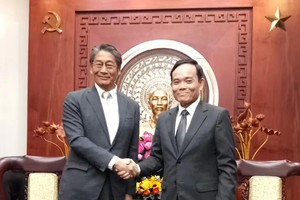
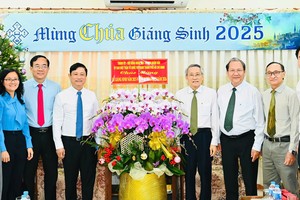
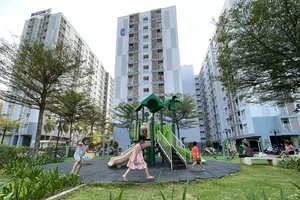

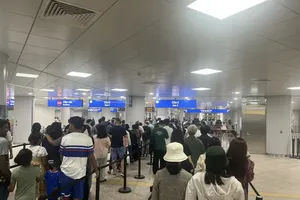
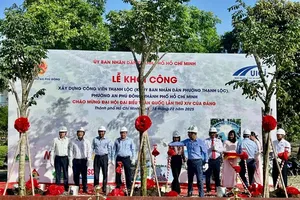
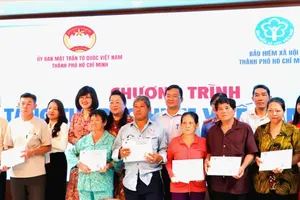
)
